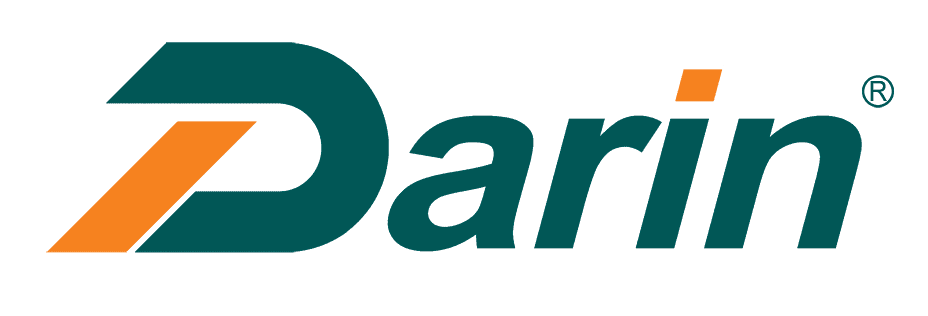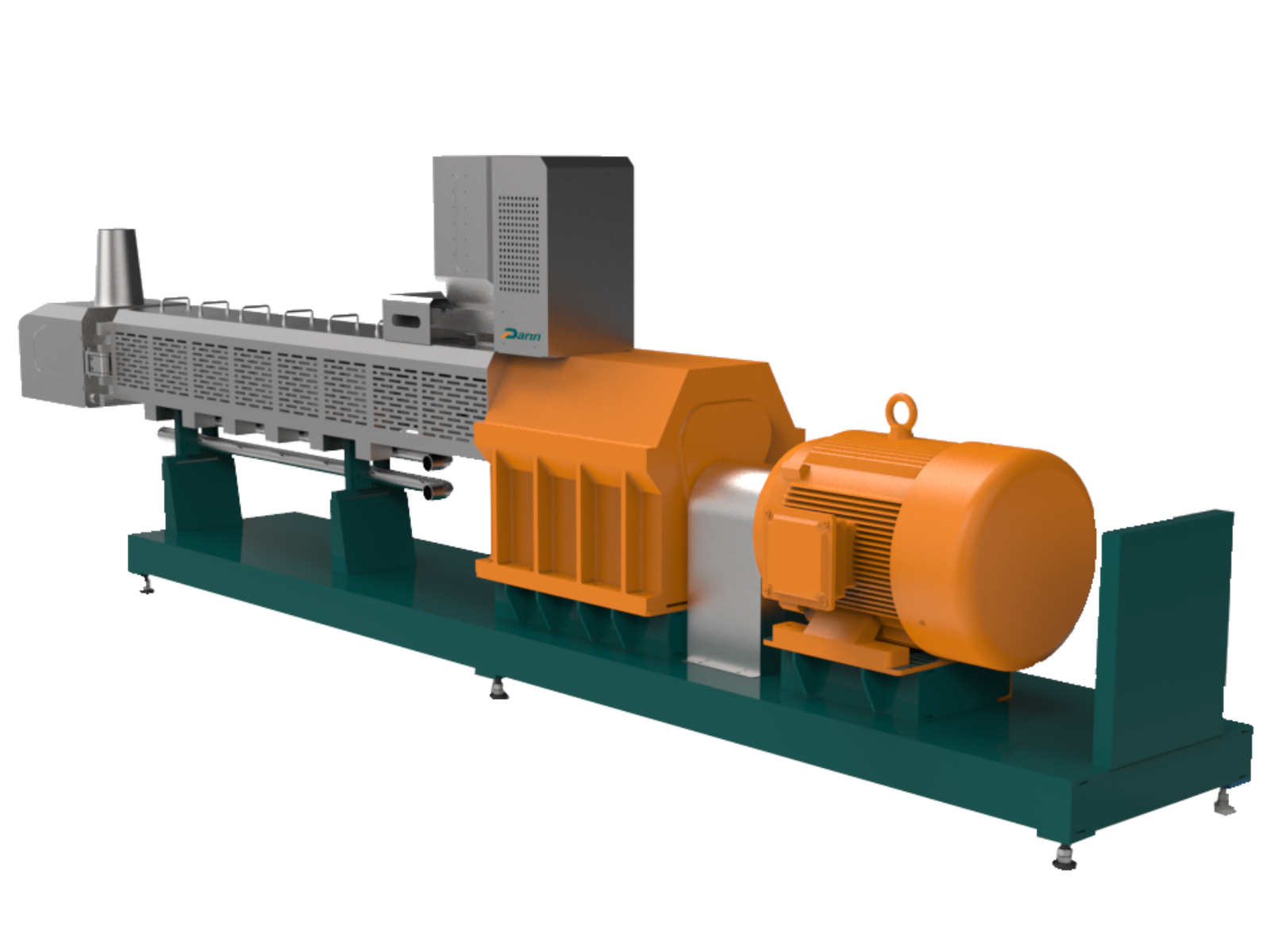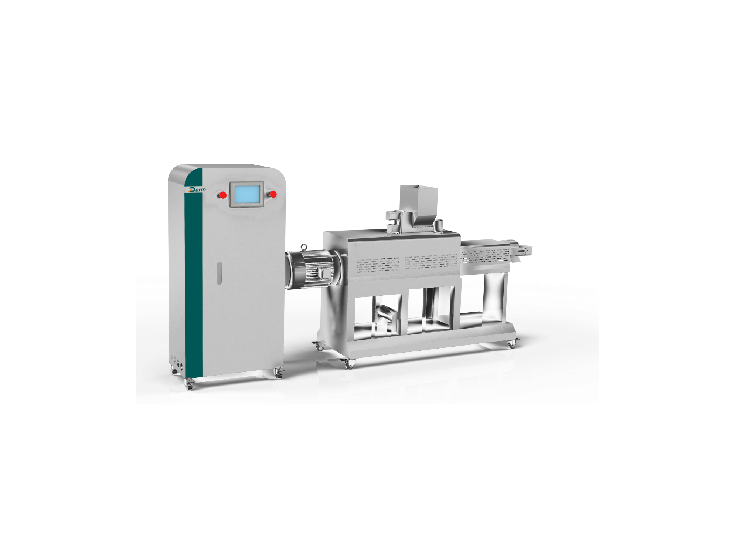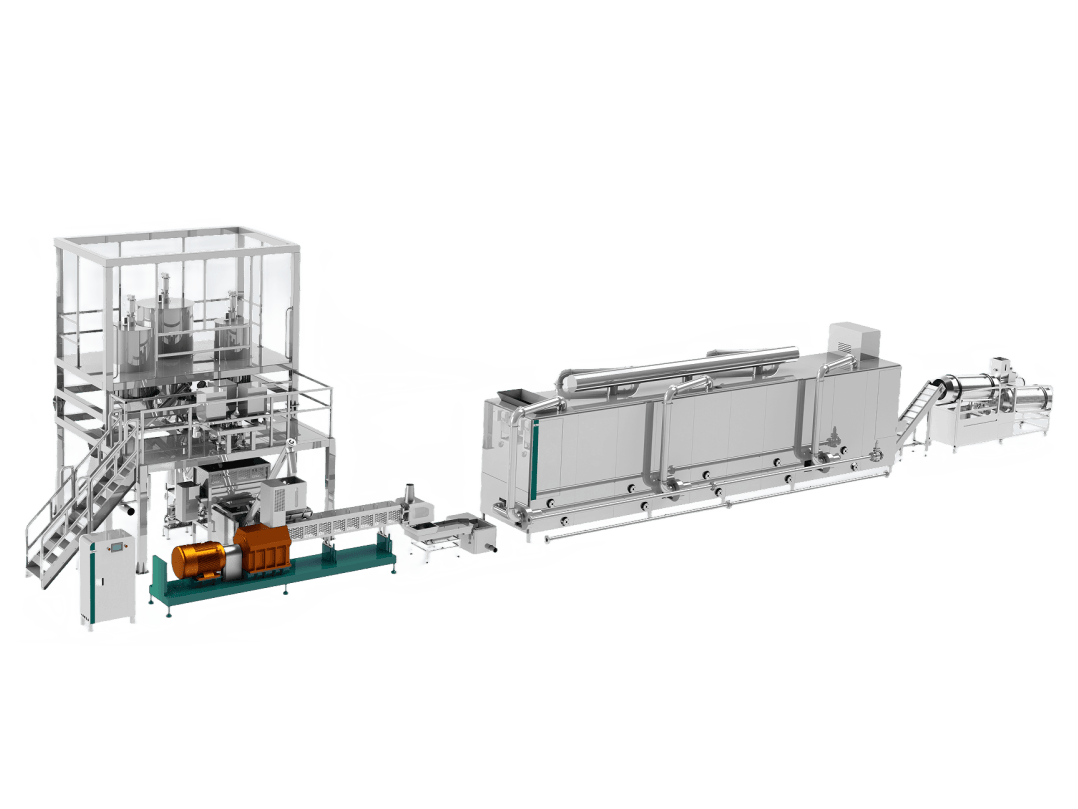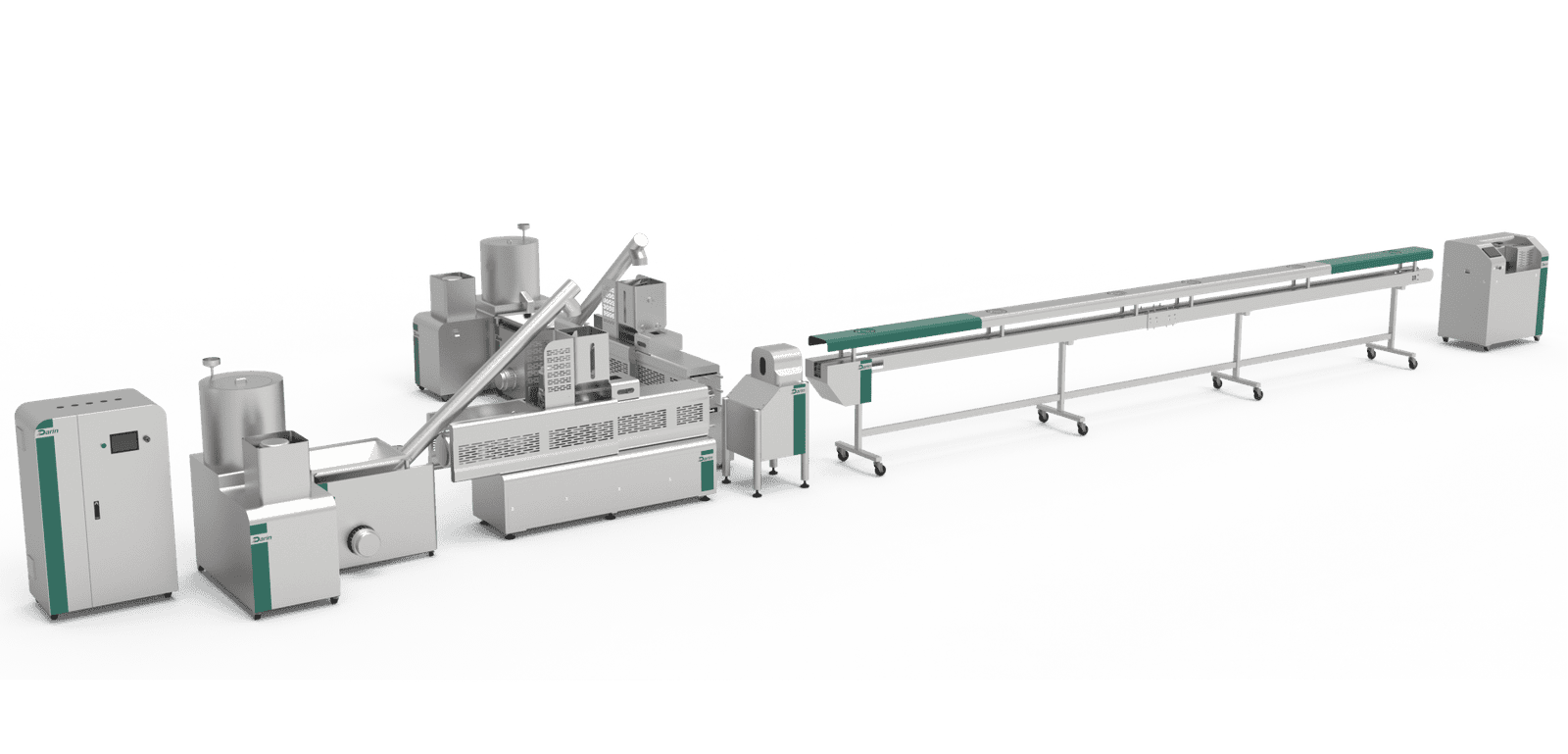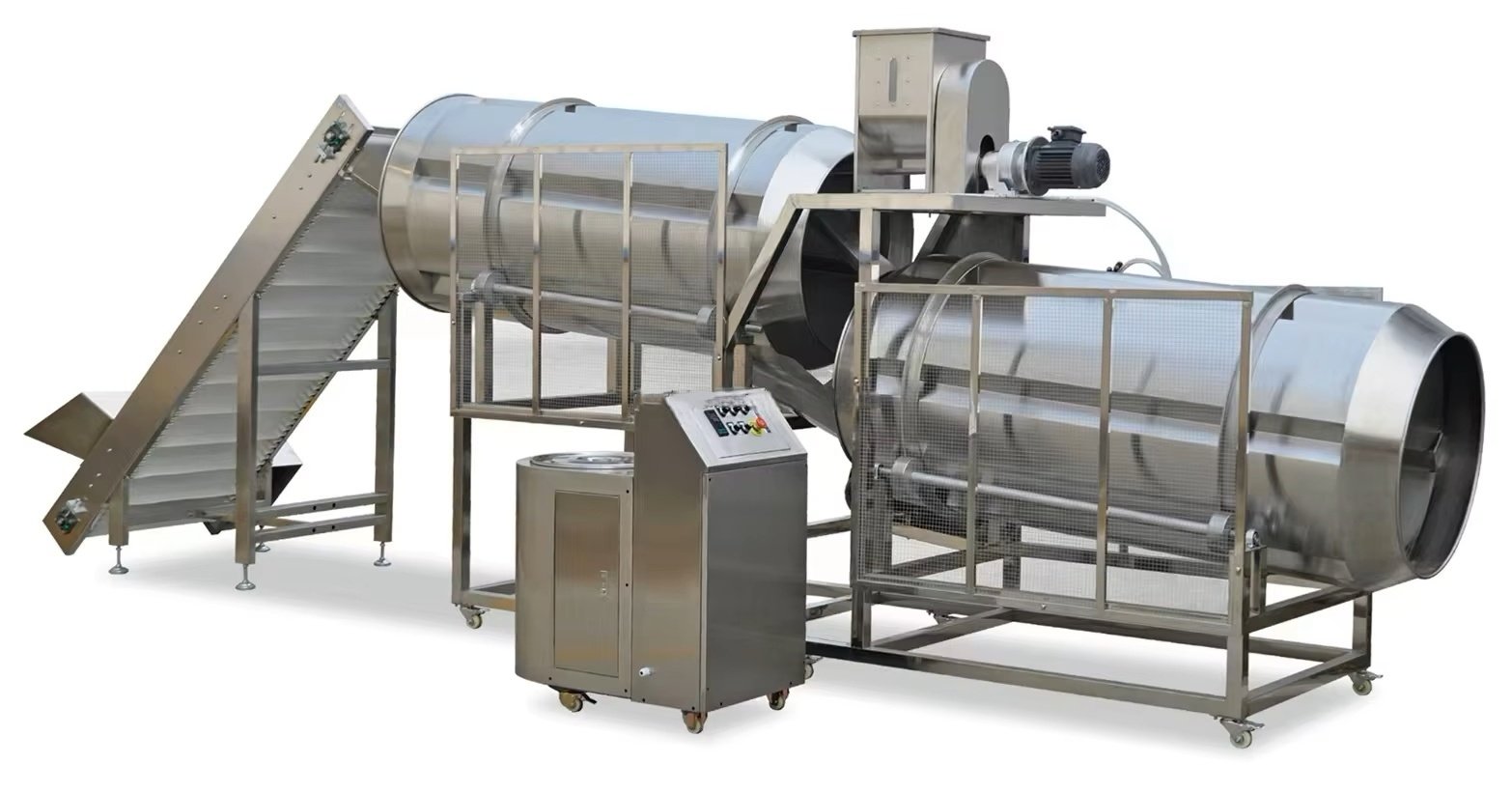
Operating a twin-screw extruder without a clear understanding of its energy usage can lead to escalating production costs, increased equipment wear, and environmental compliance risks. Inefficient energy management not only strains operational budgets but also reduces the lifespan of critical components. By mastering energy consumption patterns and applying targeted optimizations, manufacturers can ensure sustainable production with higher profitability.
A twin-screw extruder typically consumes between 0.2 and 0.6 kilowatt-hours (kWh) per kilogram of processed material, depending on factors such as material type, extruder size, screw design, and processing parameters.
Recognizing and controlling the key factors influencing energy consumption is essential to improve both cost efficiency and environmental performance. Through precise adjustments and systematic monitoring, significant energy savings can be achieved without compromising product quality.
Twin-screw extruders typically consume between 0.2 and 0.6 kWh/kg.True
Energy consumption depends on material properties, throughput rates, screw design, and operating conditions.
Energy-efficient screw designs can reduce consumption significantly.True
Optimized screw geometries can lower shear heating and pressure losses, reducing required drive motor power.
What Factors Affect Twin-Screw Extruder Energy Consumption?
The energy performance of a twin-screw extruder is influenced by a combination of material characteristics, mechanical settings, and process control techniques. Each of these variables has a direct impact on how much energy is required to achieve the desired product output.
Material viscosity plays a critical role, as high-viscosity polymers introduce greater resistance within the barrel, forcing the drive motor to work harder. Moisture content also affects energy use, since wet materials demand additional heating to remove water content during processing.
Screw speed is another major factor. While higher rotational speeds can increase throughput, they also escalate mechanical loads and drive energy requirements exponentially. Similarly, barrel heating profiles must be optimized precisely; overheating leads to wasted thermal energy without improving product quality. Die pressure further compounds energy demands, especially when small or intricate die designs are used that increase extrusion resistance.
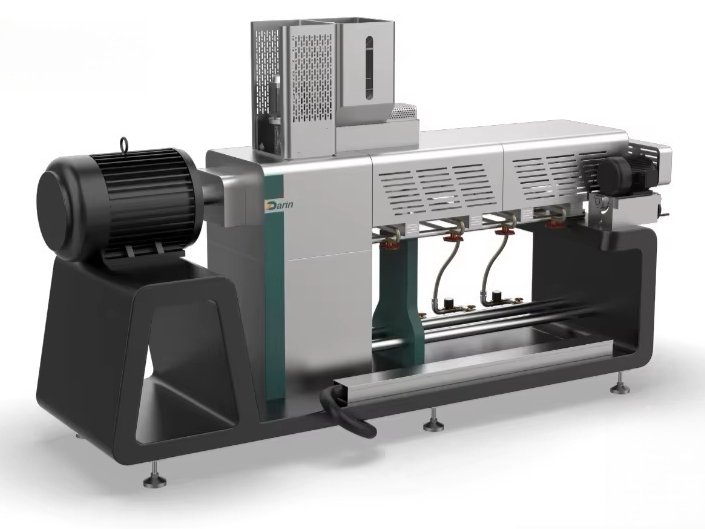
| Factor | Influence on Energy Consumption | Example |
|---|---|---|
| Material Viscosity | High-viscosity materials demand more mechanical torque. | TPU processing needs more energy than low-viscosity PE. |
| Moisture Content | More energy is needed to evaporate water during extrusion. | Processing biomass with 20% moisture needs extra barrel heating. |
| Screw Speed | Higher speeds require more motor power and increase shear. | Doubling rpm from 200 to 400 can nearly double power consumption. |
| Barrel Temperature | Overheating barrels waste energy unnecessarily. | Setting barrel zones to 300°C when 250°C is sufficient increases energy loss. |
| Die Pressure | Higher backpressure increases torque demand. | Fine mesh dies for micro-pellets raise motor load significantly. |
High-viscosity materials require more mechanical energy in extrusion.True
Viscous materials cause more resistance in the barrel, increasing the energy needed for extrusion.
How to Measure and Monitor Twin-Screw Extruder Energy Consumption?
Precise measurement and continuous monitoring of energy use are essential to manage consumption effectively. Without proper tools and data, it is impossible to identify inefficiencies or implement corrective actions.
Installing inline energy meters at key points, such as the main drive motor and barrel heaters, provides real-time feedback on energy use. Data loggers can capture detailed energy profiles across different production batches, revealing patterns that manual observation often misses. Benchmarking energy consumption per kilogram of product offers a standardized metric for assessing operational performance.
Regular energy audits by specialized consultants can uncover hidden inefficiencies, while consistent monitoring allows manufacturers to compare energy performance across products, batches, or operating shifts.

| Method | Description | Benefit |
|---|---|---|
| Inline kWh Meters | Attach meters to motors and heaters to record real-time energy use. | Immediate detection of abnormal energy spikes. |
| Data Logging Systems | Track energy consumption trends over time. | Pinpoint when and where inefficiencies arise. |
| Energy Benchmarking | Compare energy use across different production runs. | Identify best practices and targets for reduction. |
| Professional Energy Audits | External evaluation of energy management systems. | Uncover deeper systemic inefficiencies. |
Energy meters are essential for tracking extrusion energy consumption.True
Real-time data allows for better control, immediate correction, and long-term optimization of processes.
How to Optimize Twin-Screw Extruder Energy Efficiency?
Energy efficiency in extrusion is not accidental—it must be engineered through deliberate process optimization and continuous refinement.
Screw configuration is a key area where improvements can yield substantial savings. Using optimized screw elements reduces unnecessary shear and pressure build-up, lowering mechanical energy demands. Adjusting barrel heating profiles based on actual material requirements prevents thermal energy waste.
Maintaining consistent material feeding minimizes fluctuations in screw load, while upgrading temperature control systems to precision PID controllers ensures that each heating zone operates only as much as necessary. Regular maintenance, including lubrication of bearings and inspection of barrel wear, reduces mechanical resistance and enhances overall efficiency.
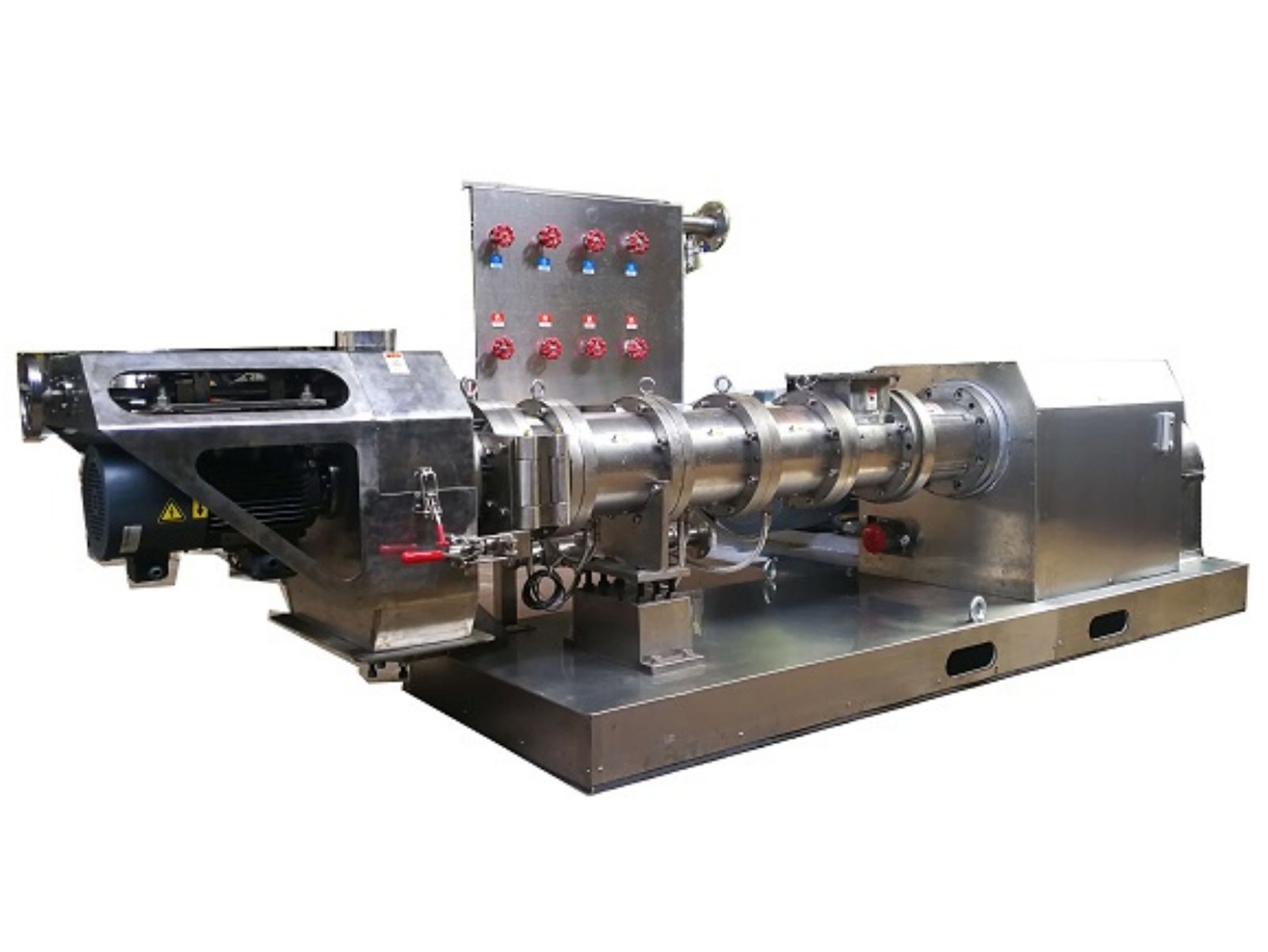
| Strategy | Implementation | Expected Benefit |
|---|---|---|
| Screw Optimization | Select lower-shear or tailored screws based on application. | 10–20% reduction in mechanical energy. |
| Precise Temperature Control | Install PID systems and audit barrel settings regularly. | Up to 15% thermal energy savings. |
| Stable Material Feeding | Use gravimetric feeders for precise feed rates. | Consistent load reduces energy peaks. |
| Preventive Maintenance | Regular inspections, lubrication, alignment checks. | Maintain mechanical efficiency and extend equipment life. |
Optimized screw designs lower twin-screw extruder energy use.True
Properly designed screws reduce pressure drops and shear heating, both of which increase energy demands.
What Case Studies Show About Twin-Screw Extruder Energy Usage?
Examples highlight the significant impact that careful energy management can have on production efficiency and cost savings.
A plastic compounding company managed to reduce its energy consumption by 25% by replacing its old screws with optimized geometries and preheating its raw materials before feeding. Similarly, a food extrusion plant achieved 30% overall energy savings by implementing advanced PID temperature controls and improving barrel insulation.
Another case from the bioplastics industry demonstrated that switching from a volumetric to a gravimetric feeder not only improved material consistency but also cut energy use by 20% through more stable operating conditions.
| Company | Initial Situation | Action Taken | Energy Savings |
|---|---|---|---|
| Plastic Compounder | High mechanical load due to worn screws. | Installed optimized screws and preheating system. | 25% energy reduction. |
| Snack Food Manufacturer | Inefficient barrel heating and control. | Installed PID temperature controllers and upgraded insulation. | 30% energy reduction. |
| Bioplastics Start-up | Feeding rate instability. | Switched to gravimetric feeding system. | 20% reduction in energy usage. |
| PVC Processor | Legacy motor inefficiencies. | Replaced drive motors with energy-efficient models. | 18% savings achieved. |
Case studies show up to 30% energy reduction in twin-screw extrusion.True
Actual plants demonstrate major improvements after upgrading hardware and optimizing process control.
Conclusion
Twin-screw extruders are inherently energy-intensive machines, but with informed monitoring, targeted upgrades, and process optimizations, significant energy savings are achievable. Focusing on key variables such as screw configuration, temperature management, and material feeding consistency leads to lower operational costs, improved equipment longevity, and enhanced environmental performance.
Contact Us
Are you looking to optimize your extrusion line's energy efficiency? Our engineering team specializes in extrusion energy audits, custom process optimization, and equipment upgrades. Contact us today to learn how we can help you achieve sustainable production improvements.
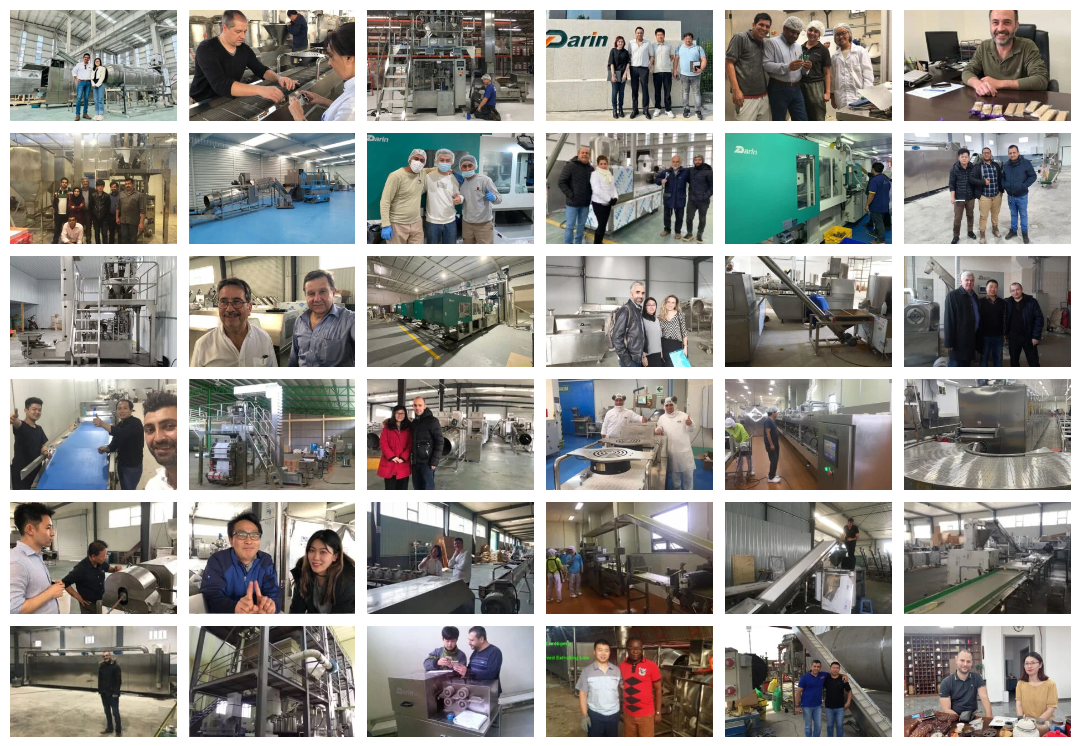
External Footnotes and Links
- Learn about how twin-screw extruders work1
- Discover key factors affecting extrusion energy use2
- Importance of screw design in twin-screw extruders3
- Material viscosity and energy demand study4
- Case study of energy optimization in extrusion5
- Guide to selecting energy meters for extrusion lines6
- Benefits of preventative maintenance in extrusion7
- How cooling upgrades improve energy efficiency8
- Using data analytics to optimize extrusion9
- How temperature control systems impact energy use10
Learn how twin-screw extruders work and their industrial applications. ↩
Understand the multiple factors that influence energy usage in extrusion. ↩
See why optimized screw design is crucial for reducing energy demands. ↩
Research insights on material viscosity and energy consumption. ↩
Detailed case studies showcasing real-world energy savings. ↩
How to select and install energy monitoring systems. ↩
Importance of maintenance in achieving extrusion energy savings. ↩
Efficient cooling systems and their role in extrusion energy management. ↩
Benefits of using data analytics in monitoring extrusion processes. ↩
Role of advanced temperature control in reducing extrusion energy use. ↩
